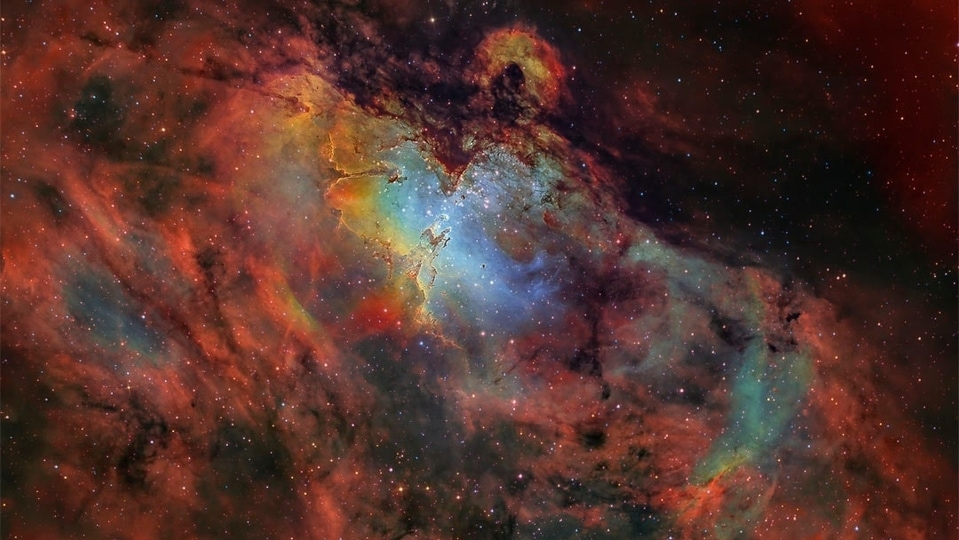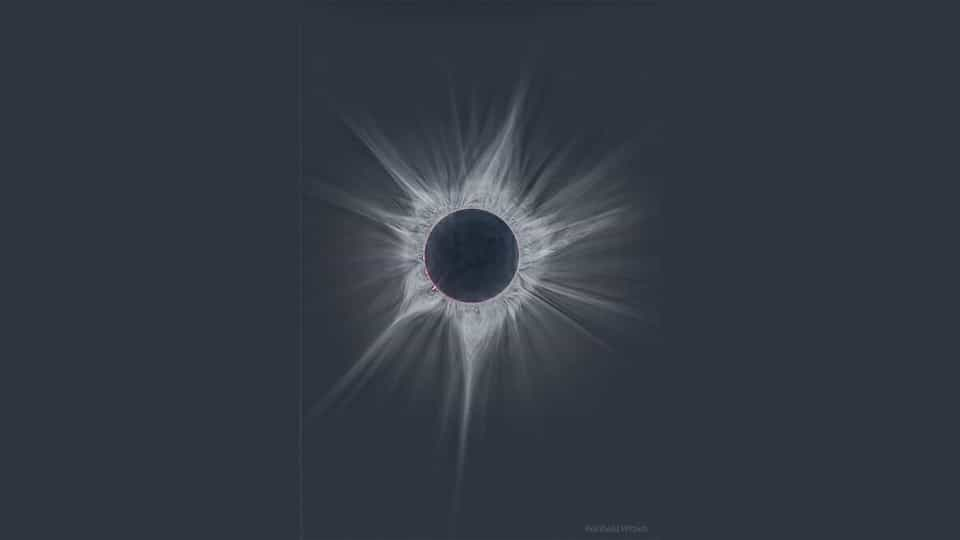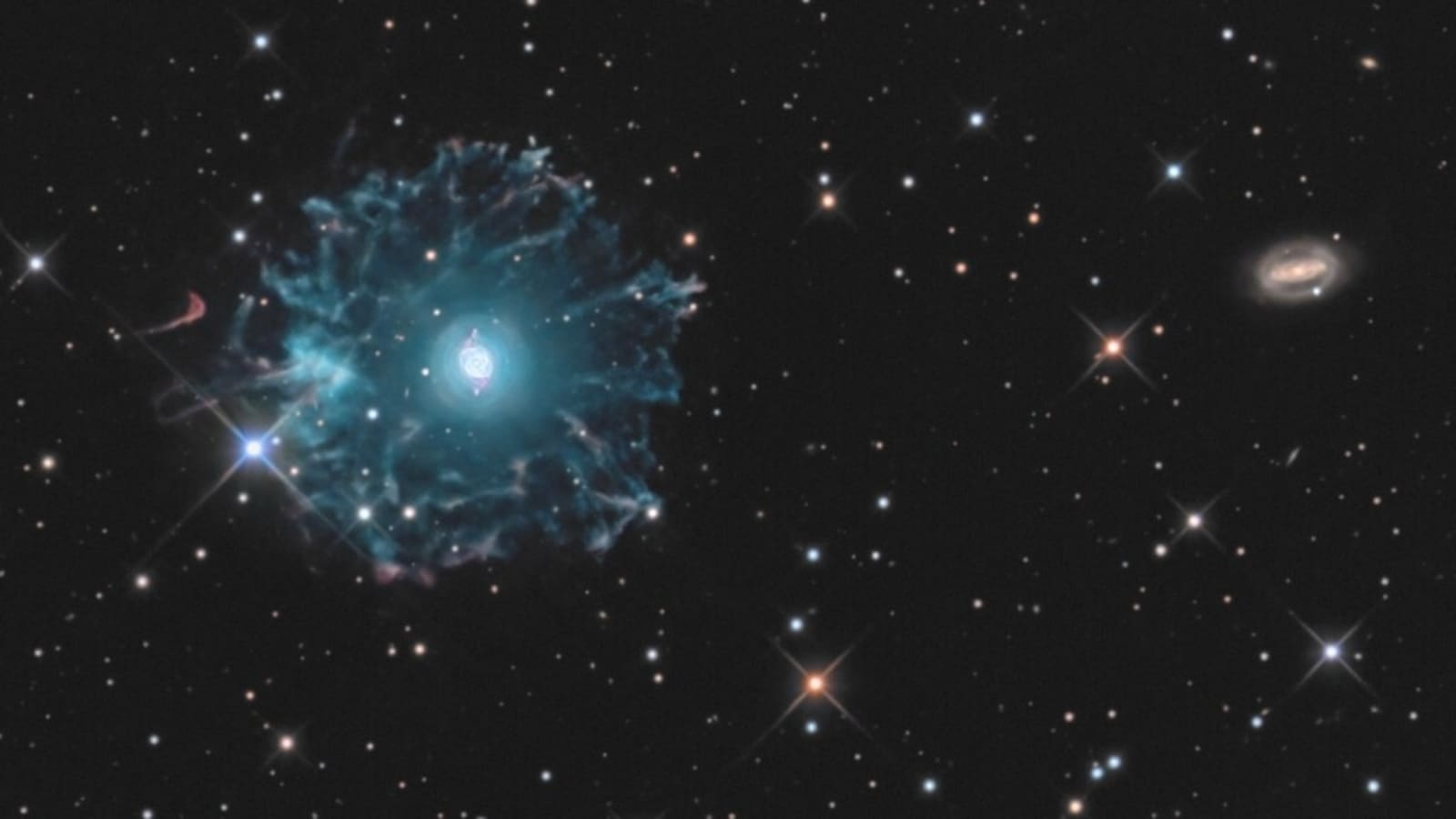NASA Astronomy Picture of the Day 25 May 2023: Breathtaking Cat's Eye Nebula
Today’s NASA Astronomy Picture of the Day is a snapshot of the NGC 6543, also known as the Cat's Eye Nebula located about 3000 light-years away.






 View all Images
View all ImagesNASA's Astronomy Picture of the Day is published on a daily basis and the US space agency showcases photographs of celestial objects captured by astrophotographers from all over the world. NASA also snaps objects in space using its advanced technology such as the Spitzer Space Telescope, the Hubble Space Telescope, the James Webb Space Telescope and other observational assets. In fact, the newly launched James Webb Telescope has enabled NASA to observe and study objects located millions of light-years away in space, much further than the veteran Hubble Telescope. However, while these big guns are in constant use by NASA, the agency also keeps an eye on what lay astrophotographers around the world are doing in order to highlight the images they took too.
Today's NASA Astronomy Picture of the Day is a snapshot of the NGC 6543, also known as the Cat's Eye Nebula located about 3000 light-years away. According to NASA, the Cat's Eye Nebula is one of the best-known planetary nebulae in the sky and its faint outer halo spans about 5 light-years. NGC 6543 is located towards the constellation of Draco and was discovered by German-British astronomer William Herschel on February 15, 1786.
This breathtaking picture was captured by astrophotographers Jean-Francois Bax and Guillaume Gruntz.
NASA's description of the picture
The Cat's Eye Nebula (NGC 6543) is one of the best-known planetary nebulae in the sky. Its more familiar outlines are seen in the brighter central region of the nebula in this impressive wide-angle view. But this wide and deep image combining data from two telescopes also reveals its extremely faint outer halo. At an estimated distance of 3,000 light-years, the faint outer halo is over 5 light-years across.
Planetary nebulae have long been appreciated as a final phase in the life of a sun-like star. More recently, some planetary nebulae are found to have halos like this one, likely formed of material shrugged off during earlier episodes in the star's evolution. While the planetary nebula phase is thought to last for around 10,000 years, astronomers estimate the age of the outer filamentary portions of this halo to be 50,000 to 90,000 years. Visible on the right, some 50 million light-years beyond the watchful planetary nebula, lies spiral galaxy NGC 6552.
Catch all the Latest Tech News, Mobile News, Laptop News, Gaming news, Wearables News , How To News, also keep up with us on Whatsapp channel,Twitter, Facebook, Google News, and Instagram. For our latest videos, subscribe to our YouTube channel.





























